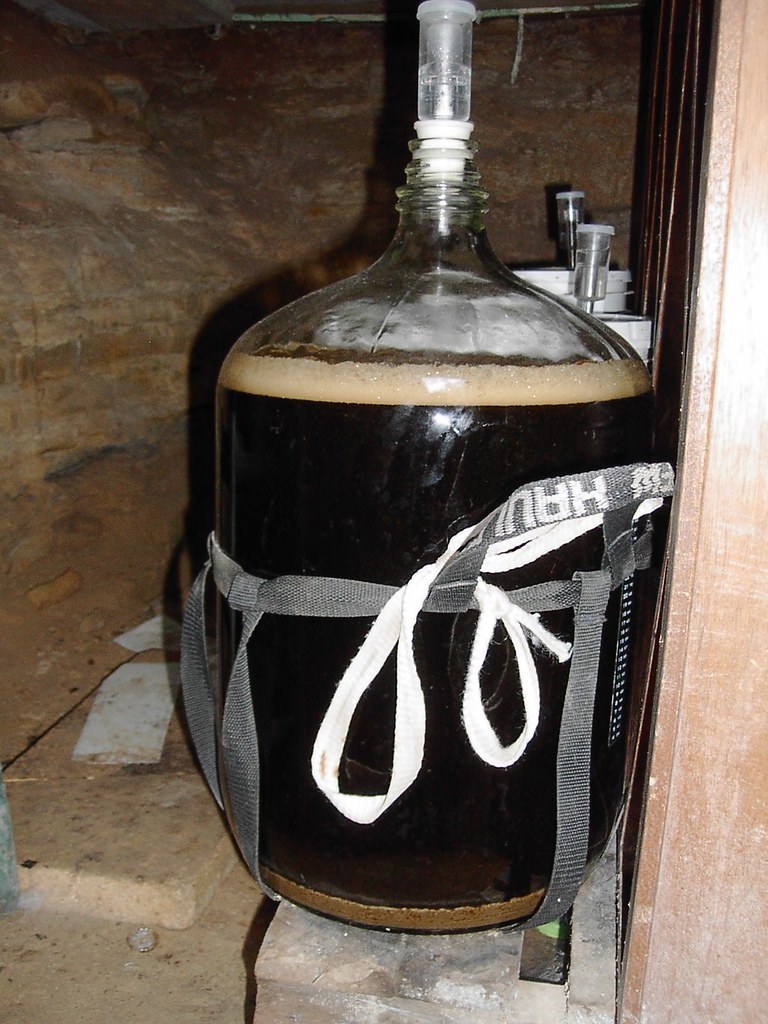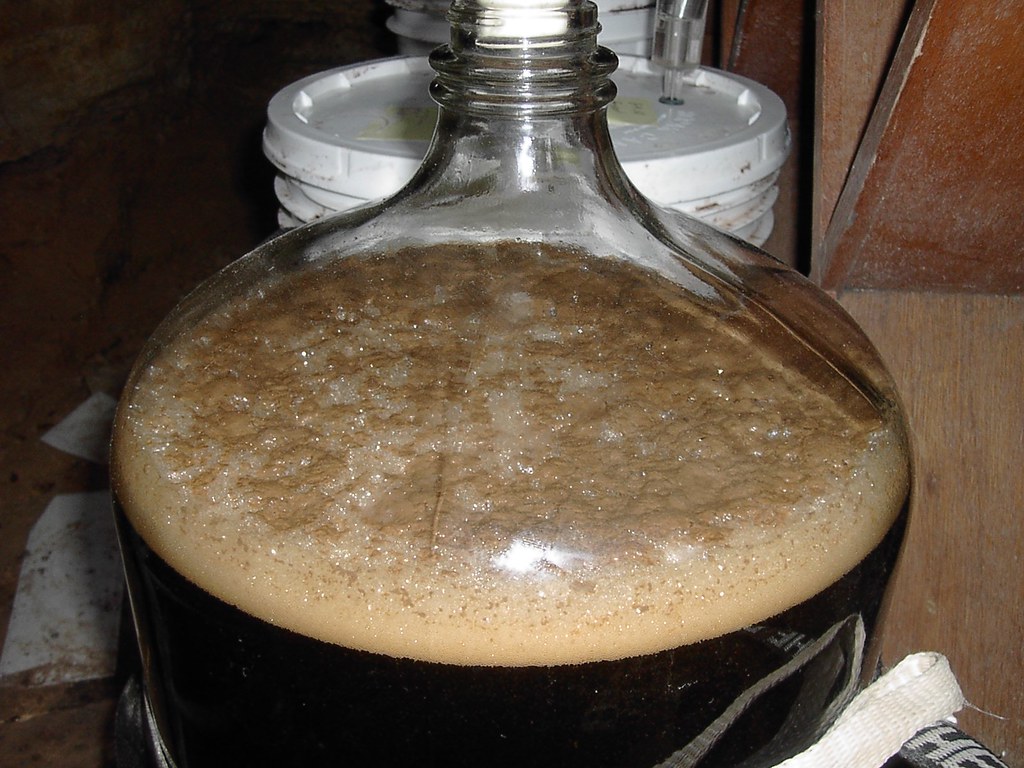With good technique, one can isolate single colonies on one streak plate
I know that this is widely believed here, but after many thousands of subcultured plates in my academic life, I really doubt it's true. In my experience (and in "the conventional view" of it within microbiology), the yeast cells are reliably filthy with thousands of bacteria. It may not be visible without a microscope, or grow voraciously on the plate, but they've always been there when I looked (and, more distressingly, used the culture later). It is not surprising, in the end -- S. cervisiae is (very roughtly) fifty times bigger than bacteria, and bacteria are overwhelmingly more common, by a few orders of magnitude. Given enough diligence, and extremely good sterile technique there's no reason you couldn't manage it eventually, but it would be enormously time consuming and difficult. It's not as though it would amount to streaking the wort across the plate and grabbing a promising colony -- you'd need to do this hundreds of times before you managed to get a colony free of bacteria. (Much easier just to use antibiotic agar, in my eyes.)
It is not necessary that I convince anyone, though.
or use Hansen's pure culture technique. Then pick some of the single colonies onto secondary plates and test some. If one performs as desired, then keep it.
Certainly. But note that I originally said that there was no easy way to do it. Serial dilution subculturing is not easy by anyone's standards, even ignoring the difficulty of keeping hundreds of cultures sterile without access to a lab.










![Craft A Brew - Safale S-04 Dry Yeast - Fermentis - English Ale Dry Yeast - For English and American Ales and Hard Apple Ciders - Ingredients for Home Brewing - Beer Making Supplies - [1 Pack]](https://m.media-amazon.com/images/I/41fVGNh6JfL._SL500_.jpg)



















































